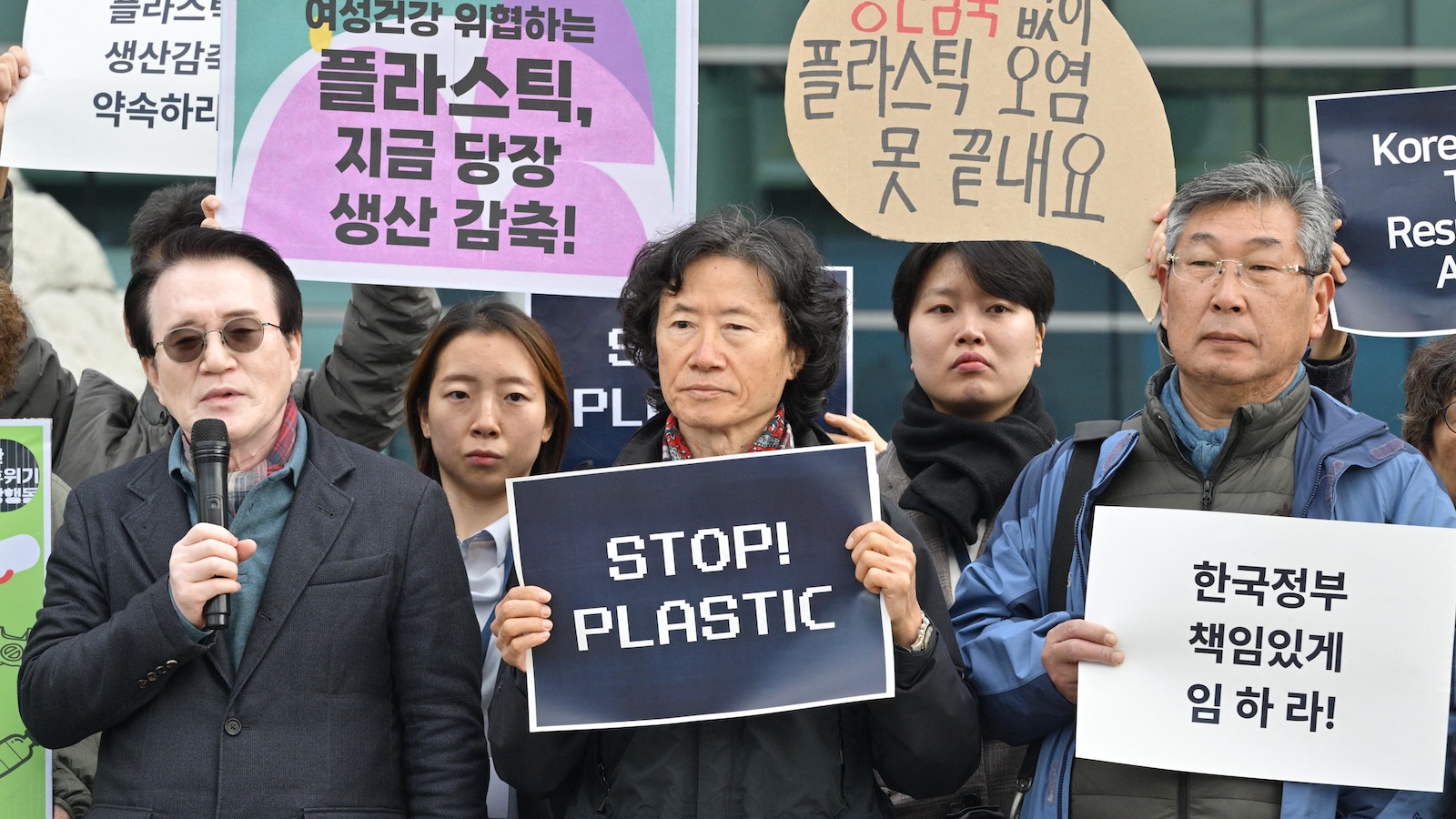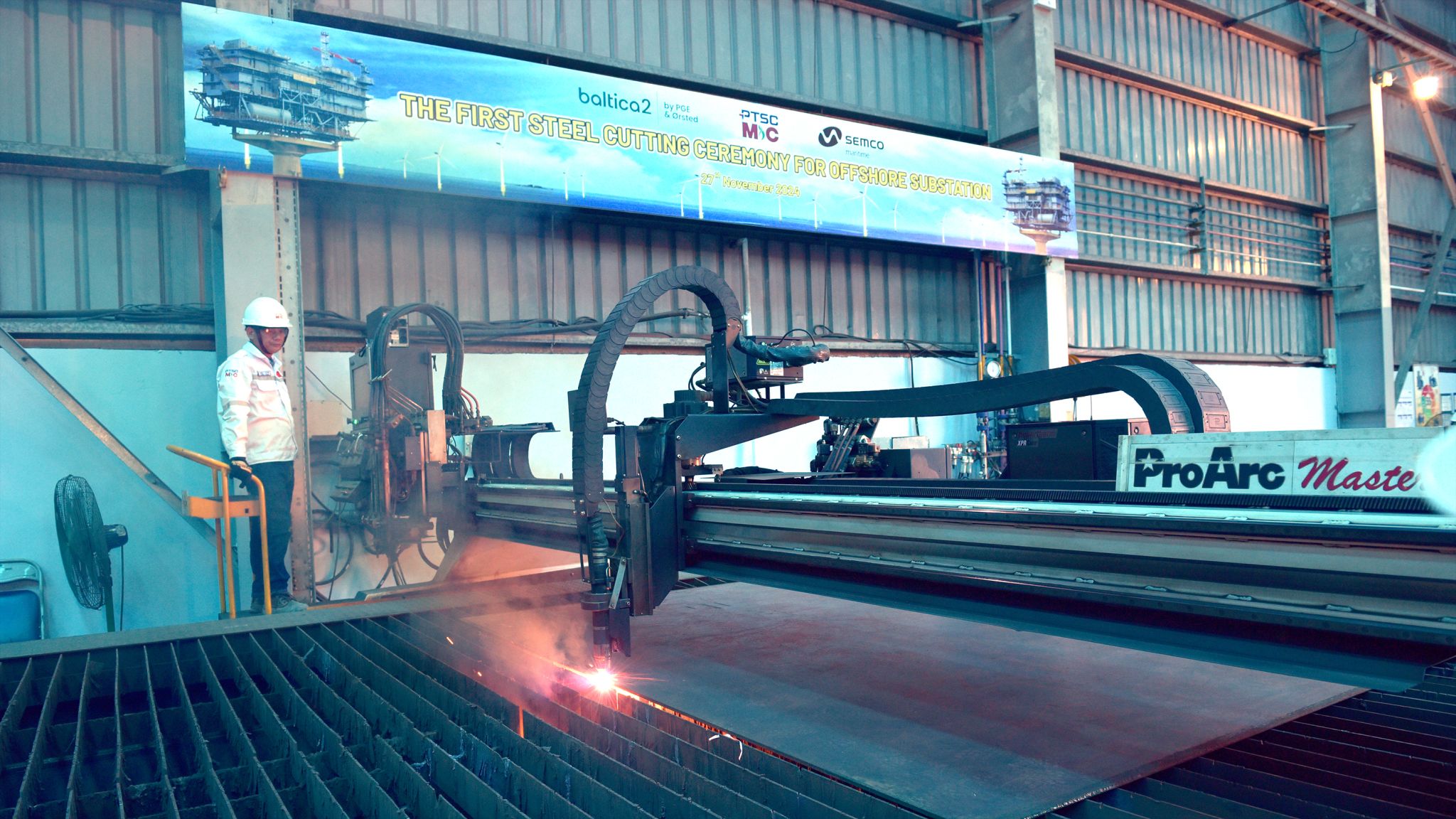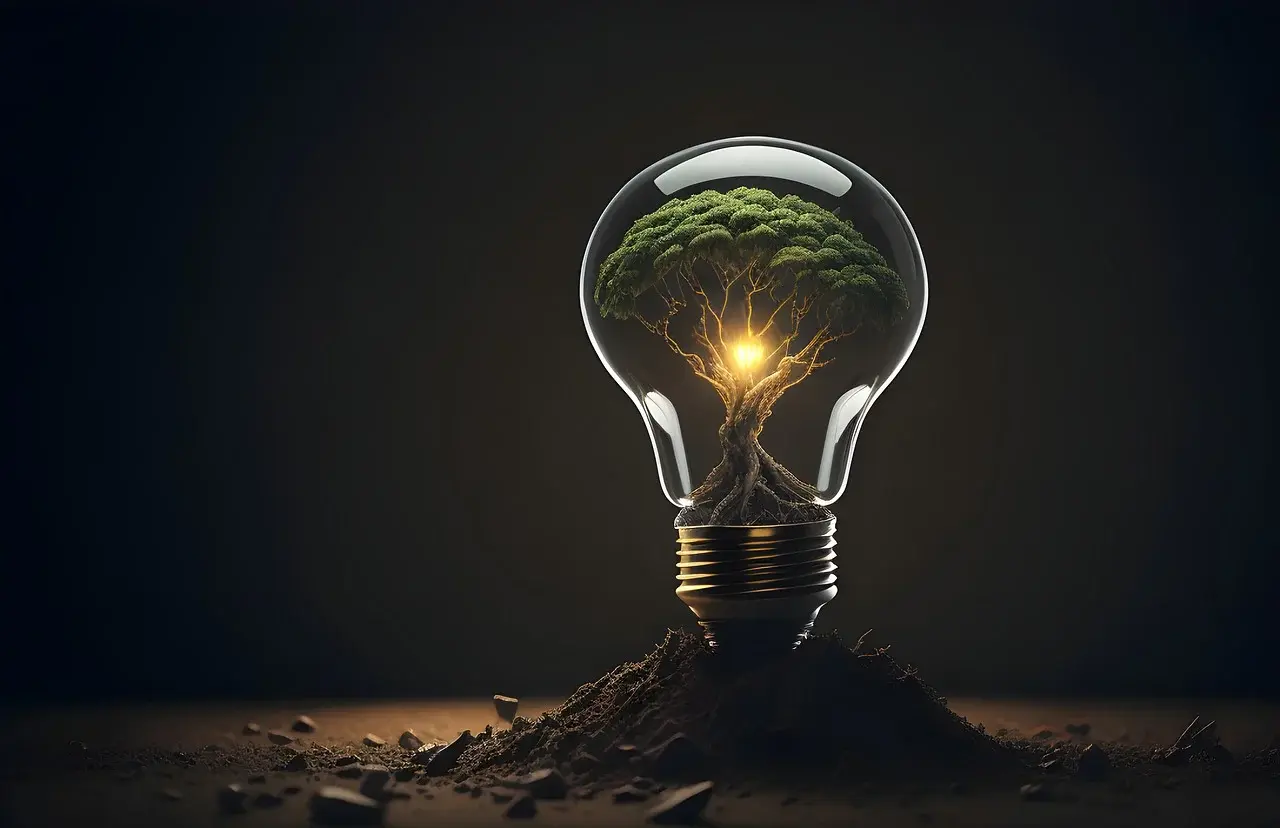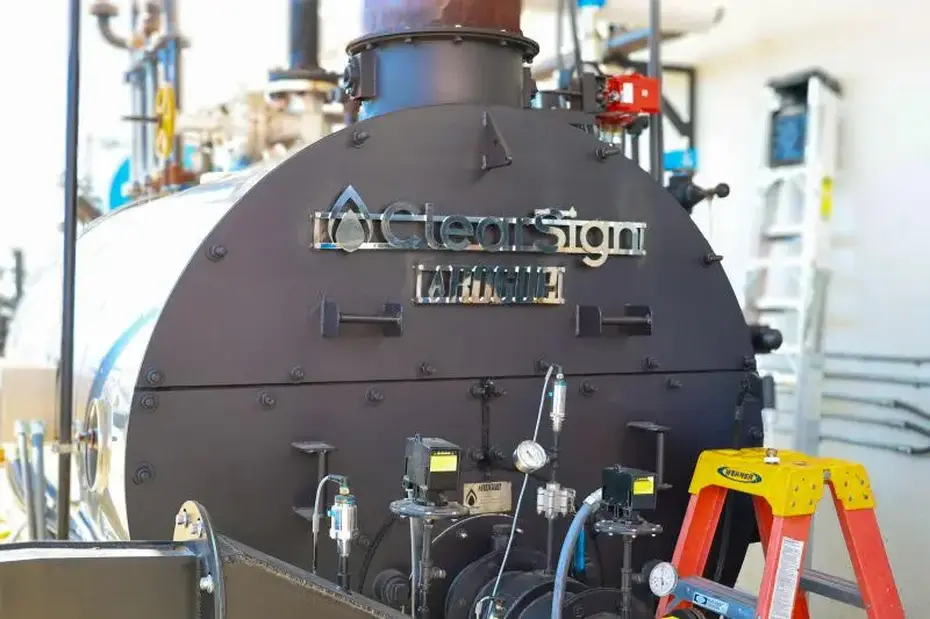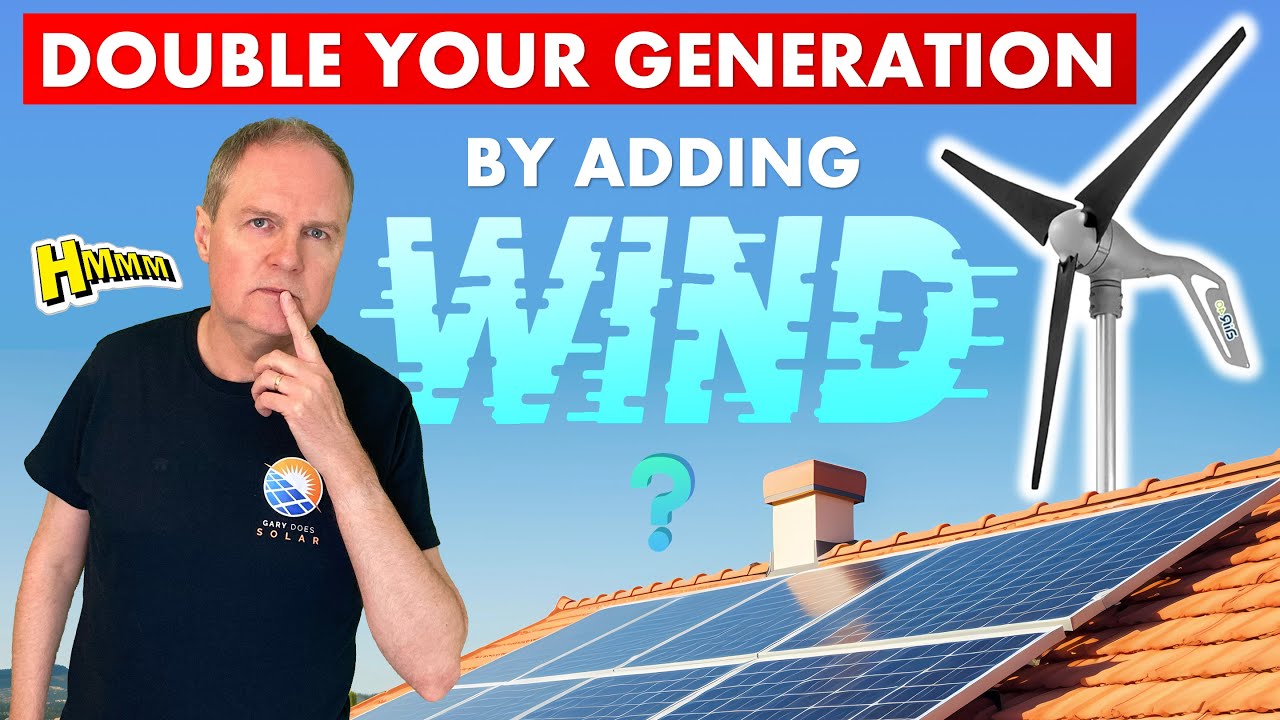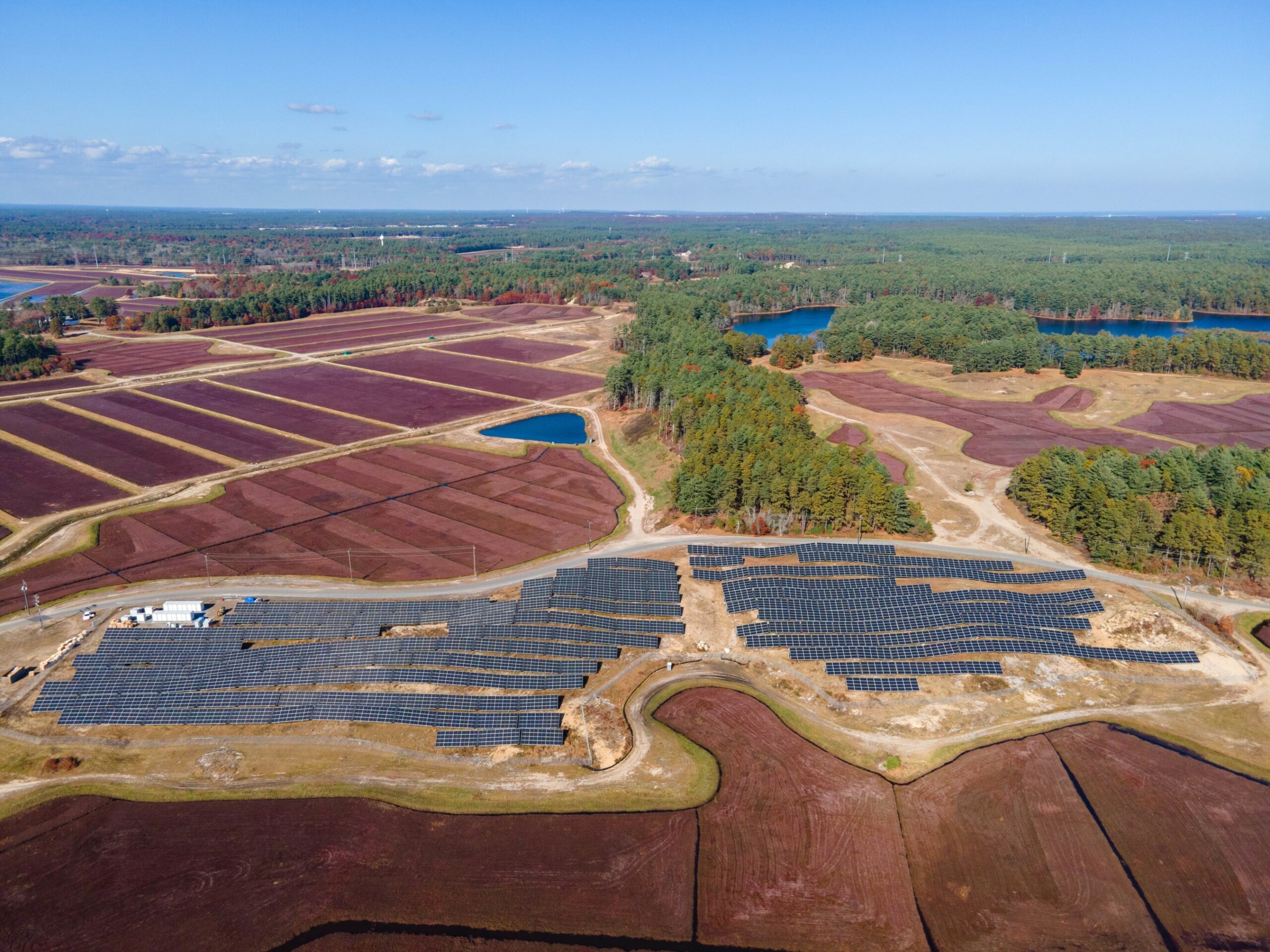
Last week the White House released its first installment of the Quadrennial Energy Review (QER) recommending investments in energy transmission, storage and distribution infrastructure. While the U.S. is now the largest producer of oil and natural gas and is rapidly expanding renewable energy like wind and solar power, this energy must now travel across millions of miles of outdated infrastructure. Ultimately, the QER envisions ensuring resilience, reliability, safety and security of the transmission, storage and distribution infrastructure by funding various state grant programs.
White House officials tout the QER as a two-pronged tool:
- Assess the effect of recent developments such as widespread hydraulic fracturing and the decreasing costs of renewable energy technologies like solar and wind.
- Recommend various policies that would improve the reliability of the electric grid, secure domestic supplies of oil and gas, and drive the types of GHG reductions that will be necessary for the president’s overall climate goals.
The QER makes several specific recommendations.
- Given how renewables and fossil fuels have developed away from population centers, establish a new grant program called the Actions to Support Shared Energy Transport Systems (ASSETS), dedicated to improving energy transportation infrastructure connectors. Estimated cost: $2 billion to $2.5 billion over 10 years.
- Create a DOE program to support state energy assurance plans to help respond to current and future energy disruptions. Estimated cost: $350 million to $500 million over 10 years.
- Establish a DOE grant program to award states for creative approaches to infrastructure hardening and resilience. Estimated cost $3 billion to $5 billion over 10 years.
- Create a program to award states that cooperate with public utility commissions, energy offices and environmental regulators; other states; and infrastructure owners and operators to modernize the grid. Estimated cost $300 million to $350 million over 5 years.
- Create a competitive program at DOE to accelerate pipeline replacement and enhance maintenance programs. Estimated cost: $2.5 billion to $3.5 billion over 10 years.
- Coordinate between federal agencies and states to mitigate the loss of electric transformers—in part by creating a “transformer reserve” in case of emergency.
- Improve grid communication through standards and interoperability by increasing cooperation amongst DOE, NIST, industry, state officials, and other stakeholders to identify efforts to promote open standards that enhance grid connectivity and interoperability.
- Enact financial incentives for the construction of CO2 pipelines, such as the Administration’s proposed Carbon Dioxide Investment and Sequestration Tax Credit which would authorize $2 billion in refundable investment tax credits for carbon capture technology and associated infrastructure at electric generating units that capture and sequester CO2.
While the QER touches on concerns regarding the siting and permitting requirements associated with building new transmission, it does NOT propose an overhaul of the National Environmental Policy Act (NEPA). The QER also does not address the controversial issue of granting FERC “backstop” authority to site powerful transmission lines along high priority corridors.
Going Forward
In the long term, the need for a more resilient grid is necessary not only because of climate-related threats, but also because of potentially more disastrous dangers from cyber or physical attack. These efforts will be part of a formal national strategy—planned for release later this year—for strengthening the security and resilience of the entire electric grid.
Republican energy leaders in both the House and Senate welcomed the QER as an important contribution to the broader energy policy debate and said they are eager to keep working with the administration. Chairman Upton’s House Energy and Commerce Committee has already begun a series of legislative hearings with the goal of completing a comprehensive measure this year. Senate Energy Chairwoman Lisa Murkowski (R-AK) has asked her panel’s members to introduce legislation they’d like to see in a broad energy bill in short order to allow for hearings and markups, so that an energy bill can reach the Senate floor this summer. In addition, five members of Murkowski’s committee, including Ranking Democrat Maria Cantwell (D-WA), are expected to drop legislation in the coming days to modernize the grid and bolster storage to help stabilize the generation of intermittent renewable energy.
A bipartisan, comprehensive energy bill is still considered a long shot in the 114th Congress, but the reactions from Capitol Hill to the QER may have improved the odds. Although the QER calls for billions in new spending, its overarching focus on energy infrastructure needs—to capitalize on domestic production, secure a reliable electric grid, and ensure safe transport of renewables as well as fossil fuels—coincides with many of the priorities being addressed by bipartisan lawmakers.
If you would like any information about the federal renewable energy policy, please reach out to the Polsinelli Public Policy or Energy practice groups, or contact us directly at:
Tracy Hammond, 202.626.8322, thammond@polsinelli.com
Luke Hagedorn, 816.572.4756, lhagedorn@polsinelli.com

